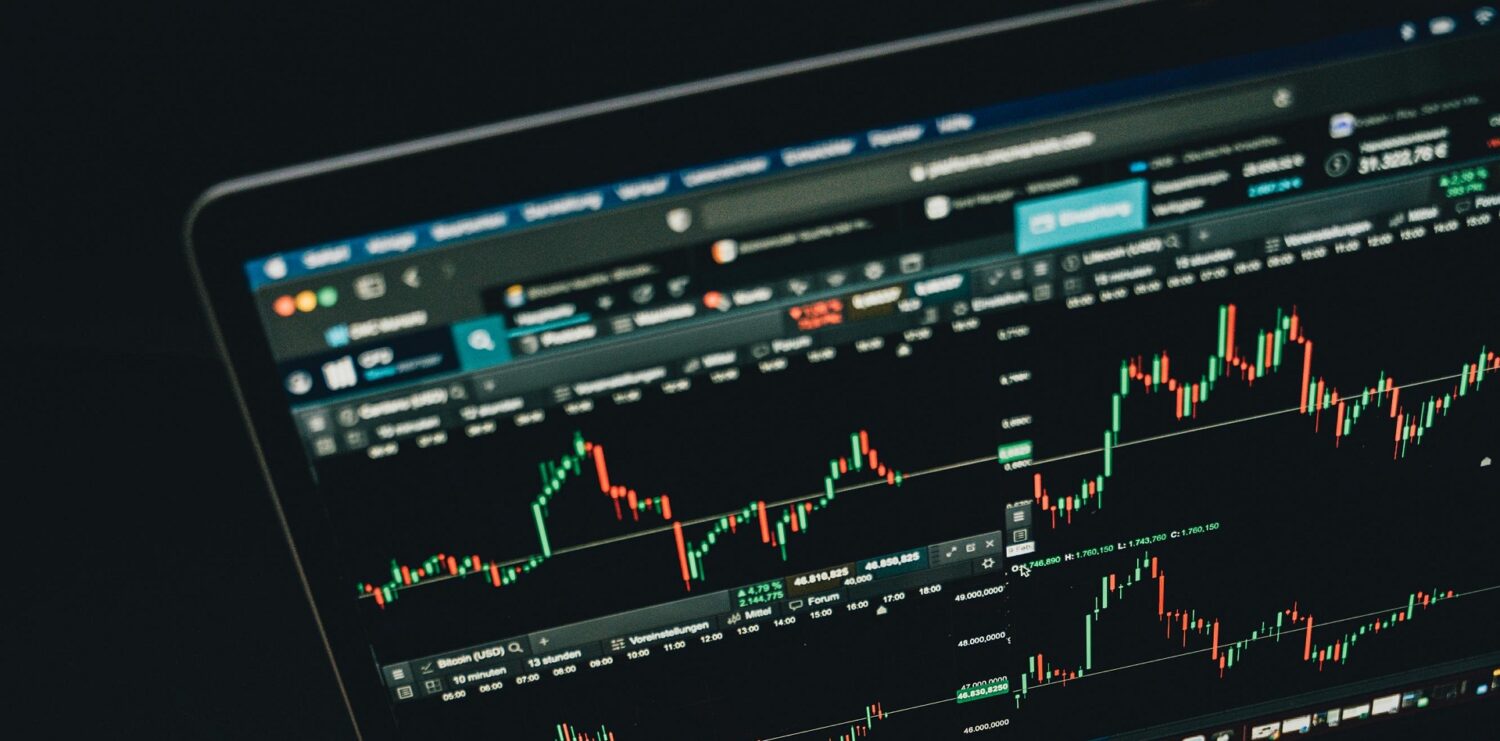Scalable means that something can be increased in size or volume without sacrificing its efficiency or effectiveness. In the context of business, scalability refers to the ability of a company to increase its output or revenue without having to make significant changes to its infrastructure or operations. There are two main types of scalability: horizontal…
Business-to-Government
Business-to-government (B2G) is a type of e-commerce that involves the sale of goods and services between businesses and government agencies. B2G transactions can take place in a variety of ways, including through online marketplaces, direct sales, and trade shows. B2G transactions are often more complex than B2C transactions, as they involve multiple parties and multiple…
B2C:Business-to-Consumer
Business-to-consumer (B2C) describes the sale of goods and services directly to consumers, rather than to businesses. B2C transactions can take place in a variety of ways, including through online marketplaces, direct sales, and brick-and-mortar stores. B2C transactions are often more straightforward than B2B transactions, as they typically involve a single buyer and a single seller….
B2B: Business-to-Business
Business-to-business (B2B) describes the sale of goods and services between businesses, rather than between businesses and consumers. B2B transactions can take place in a variety of ways, including through online marketplaces, direct sales, and trade shows. B2B transactions are often more complex than B2C transactions, as they involve multiple parties and multiple decision-makers. B2B transactions…
Research and Development
Research and development (R&D) is the process of creating new knowledge, products, services, or processes. It is a systematic approach to innovation that involves the following steps: R&D is a complex and time-consuming process, but it is essential for the development of new products, services, and technologies. It is also a risky process, as not…
Performance Review
A performance review is a formal assessment of an employee’s work performance, conducted by their manager. The purpose of a performance review is to provide feedback to the employee on their strengths and weaknesses, and to set goals for their future performance. Performance reviews are typically conducted once per year, but they can be conducted…
Metrics
A metric is a quantifiable measure that is used to track, compare, and assess performance or production. Metrics are used in a variety of scenarios, including business, finance, and healthcare. In business, metrics are used to track the performance of a company or organization. For example, a company might track metrics such as sales, customer…
Key Performance Indicators (KPIs)
Key Performance Indicators (KPIs) are measurable values that organizations use to track their progress against their goals. KPIs can be used to measure a variety of things, including sales, customer satisfaction, employee productivity, and financial performance. KPIs are important because they provide organizations with a way to measure their performance and identify areas where they…
SWOT
SWOT analysis is a strategic planning tool that identifies an organization’s Strengths, Weaknesses, Opportunities, and Threats. It is a structured planning method that helps organizations to identify their strengths and weaknesses, as well as the opportunities and threats they face. SWOT analysis can be used to develop strategies for improving an organization’s performance, or for…
Benchmarking
Benchmarking is the process of comparing your company’s performance to that of other companies in your industry. It can be used to identify areas where your company is doing well and areas where it could improve. There are two main types of benchmarking: There are a number of ways to conduct benchmarking. One way is…
Net: The amount or quantity after deductions or expenses
In accounting, net refers to the amount or quantity after deductions or expenses. Net income is calculated by subtracting all expenses from gross profit. Net can also be used to describe other types of quantities, such as the total weight of a shipment after any packaging or other materials are removed. Here are some examples…
Gross: The total amount or quantity before deductions or expenses
Gross refers to the total amount or quantity before deductions or expenses. In accounting, gross refers to the total revenue generated from sales before any expenses are deducted. Gross profit is calculated by subtracting the cost of goods sold from gross revenue. Gross can also be used to describe other types of quantities, such as…
